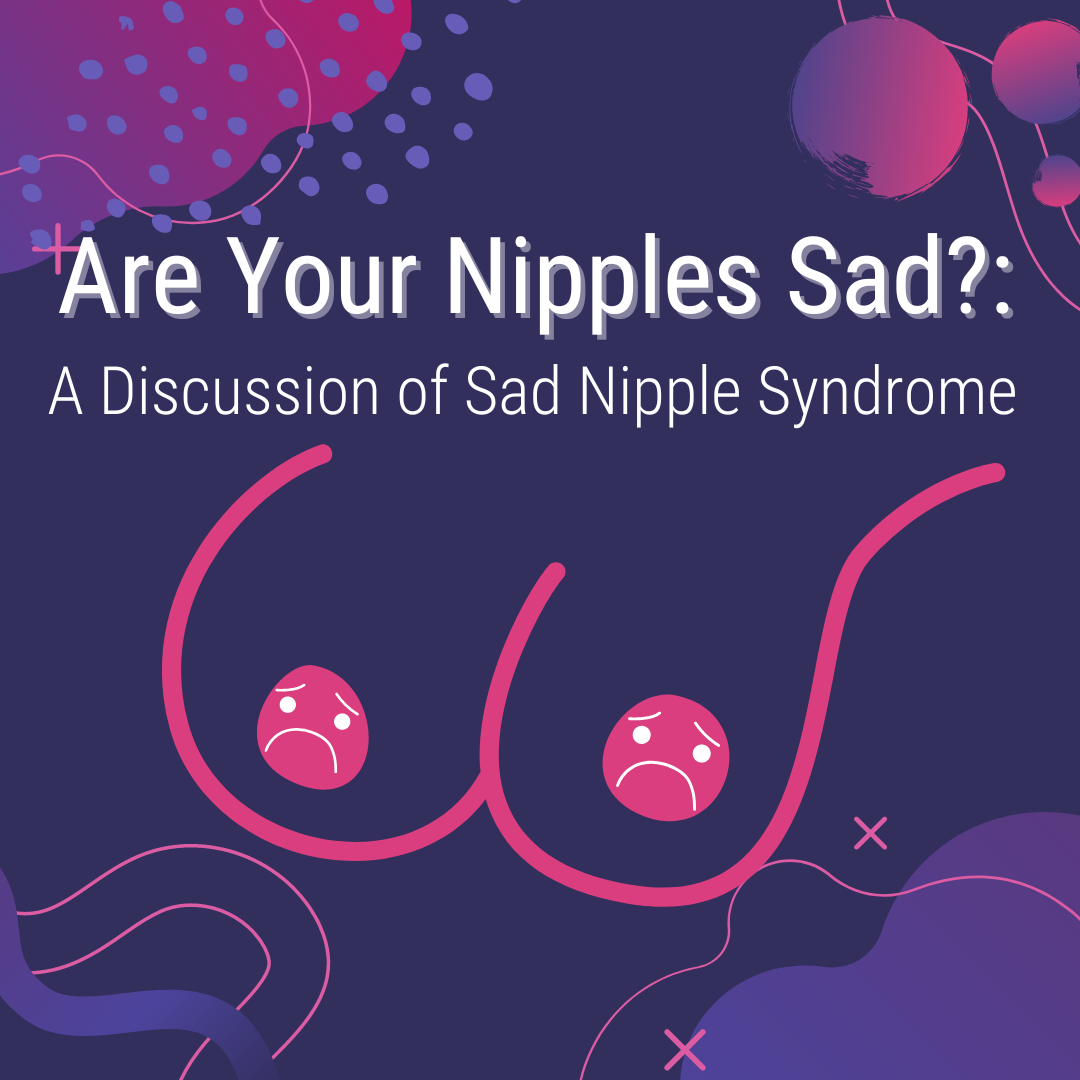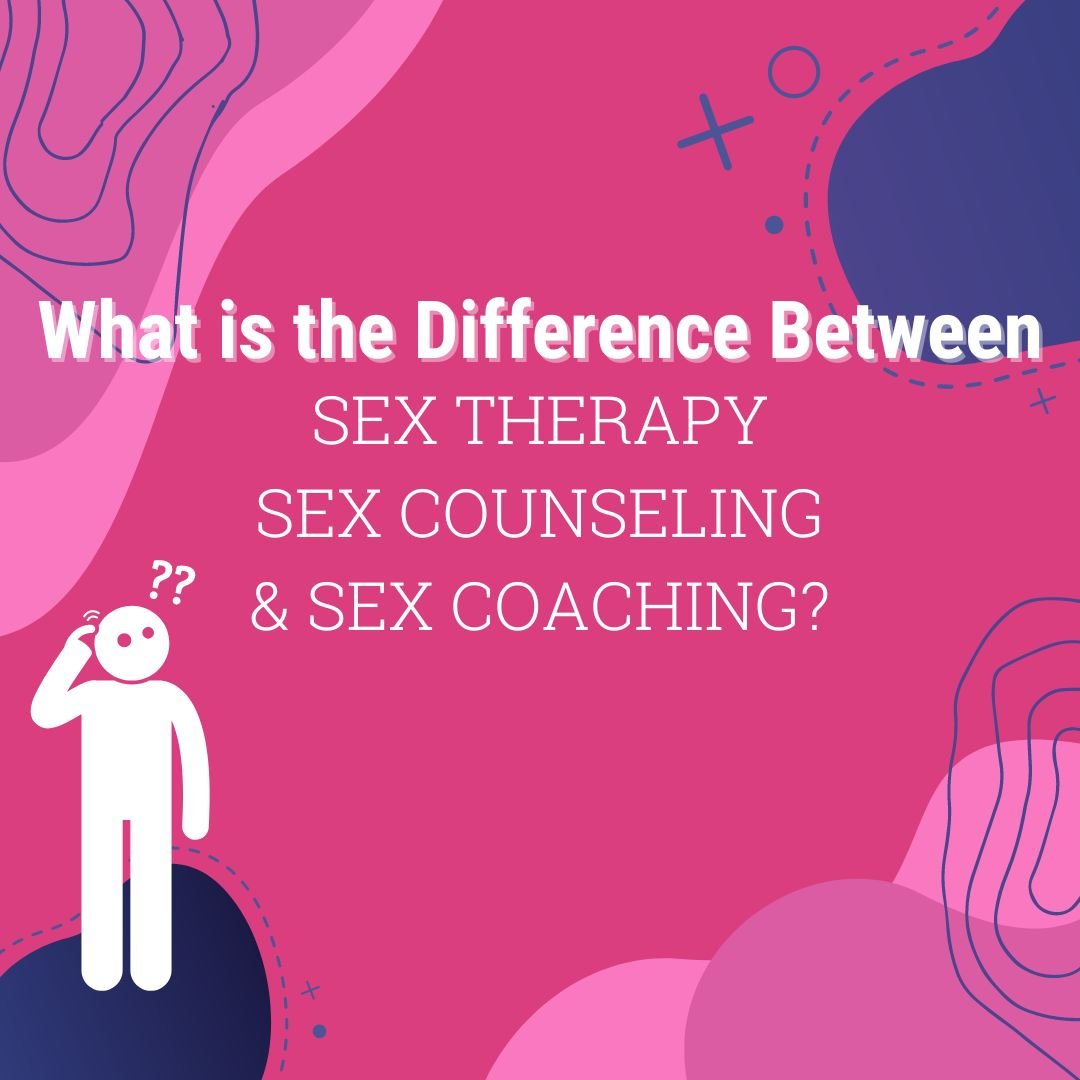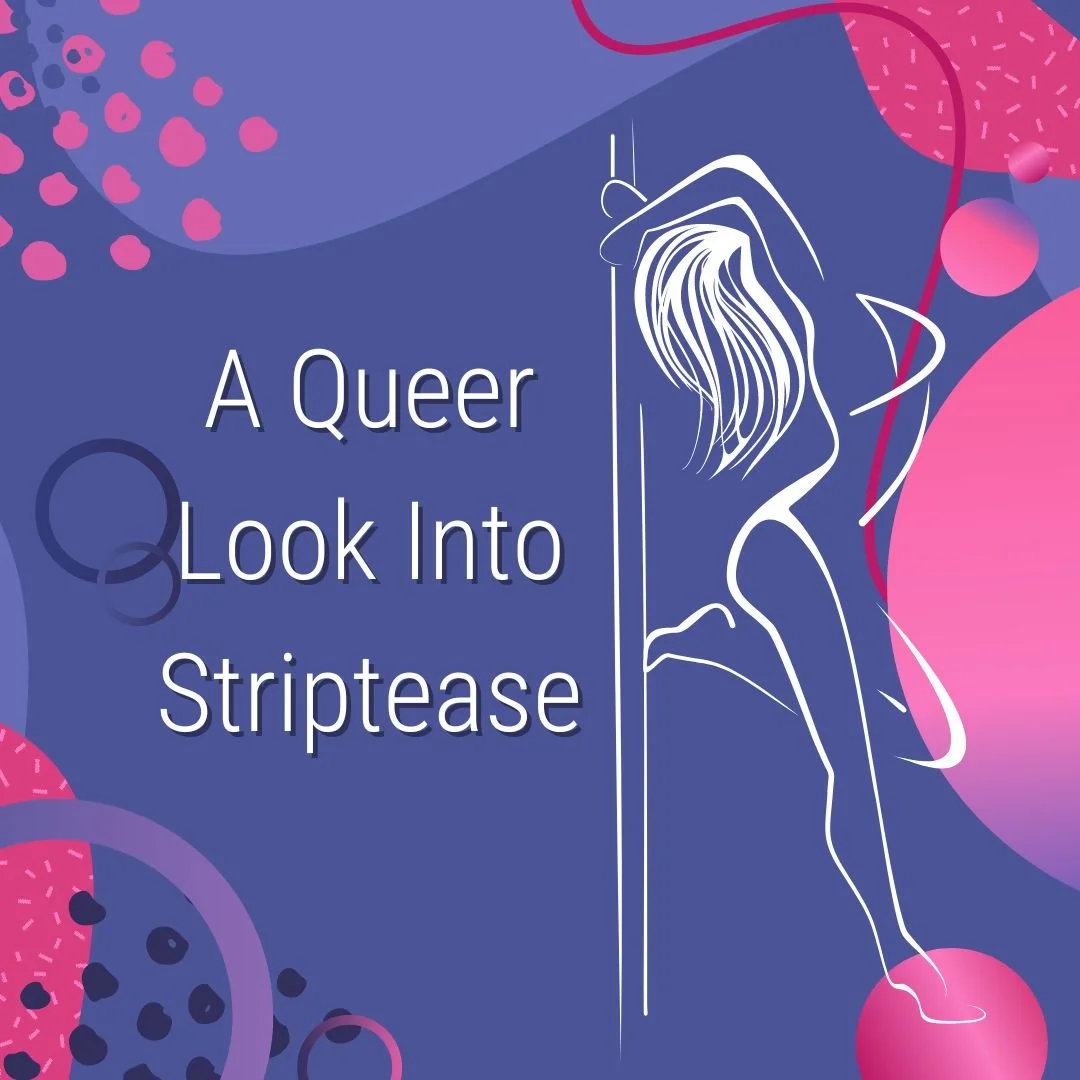At the beginning of their book “Calling Bullshit,” University of Washington Professors Carl Bergstrom and Jevin West offer an explanation for the prevalence of bullshit: “everyone […] is trying to sell you something.” In the current attention economy—where websites are essentially paid by the amount of engagement—concern for science and health has been exchanged for the art of fabrication, sensationalism, and marketing. This creates a fast-moving, often careless, digital culture that feeds on people’s emotional connection to the topics they care about. We also know that this relationship is circular, as social media platforms offer advertisers the opportunity to target consumers with sometimes-guised messages catering to their interests. Thus, our interests both shape and are being shaped by our everyday online experience through carefully curated algorithms. These veiled brand advertisements employ cognitive biases and logical fallacies in their attempt to impersonate an expert on any given subject.
An example of a brand posing as a health expert is actress Gwyneth Paltrow’s lifestyle brand “Goop.” Goop began in 2008 as a newsletter and has since expanded to a website, online store, books, and brick-and-mortar storefronts. In 2018, Goop lost a lawsuit after their product description of their “vaginal egg” product was deemed misleading in its unscientific claims. In early 2020, Paltrow also produced a Netflix series based on her blog posts called “Goop Lab” where her Goop employees try different lifestyle changes in hopes of finding holistic cures for physical and mental illnesses. Then, she followed this series up with another almost instant cult classic, “Sex, Love & Goop” examining sexual dysfunction in couples and the potential healing power of multiple therapeutic types with a nonchalant tone that doesn’t do the complex subject the justice it deserves. This is at the heart of what makes Goop different (and arguably more dangerous) from other advertisers—often, what the company advertises are health-based recommendations, which have not been fact-checked or medically cleared by any substantial source.























